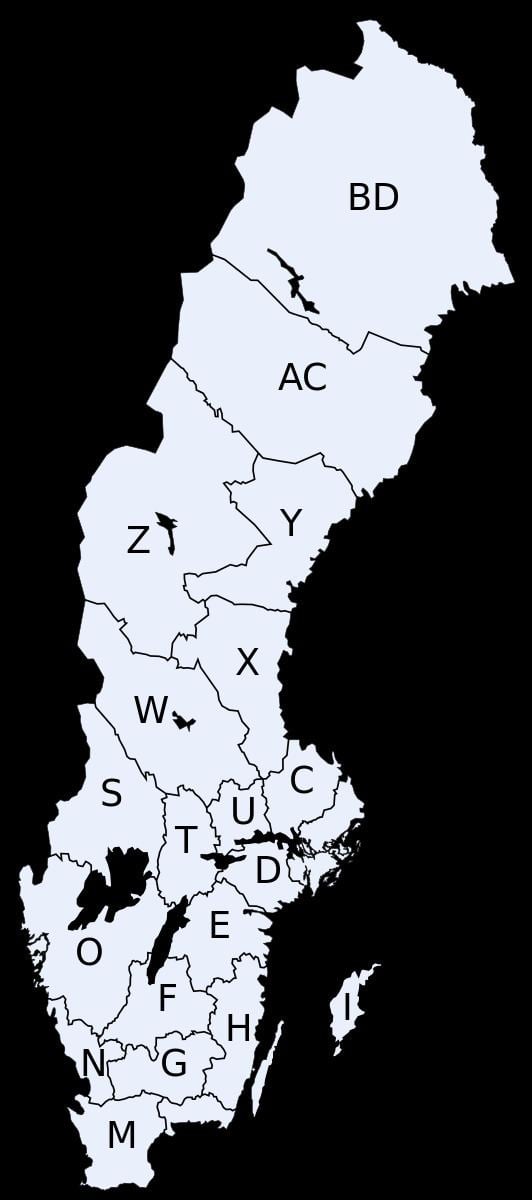 | ||
Län (Swedish, [ˈlɛːn]) and lääni (Finnish, [ˈlæːni]) refer to the administrative divisions used in Sweden and previously in Finland. The provinces of Finland were abolished on January 1, 2010.
Contents
They are also sometimes used in other countries, especially as a translation of the Russian word oblast. During the period when Finland was a part of the Russian Empire (1809-1917), when Russian was made an official language alongside Swedish, it was synonymous with the word guberniya.
The term
The word literally means fief. The usual English language terms used are separate for the two countries, where Sweden has chosen to translate the term as "county" while Finland prefers "province". With a shared administrative tradition spanning centuries, ending only in 1809, this is a separation by convention, rather than by distinction. The term matches reasonably well the British term "county", but not so well the American term "county" which is usually much smaller in population, more like Swedish "kommun".
The reason why Sweden has chosen to translate the term to "county" is that in Swedish and English, the word "provins"/"province" has come to mean different things. In the Swedish Empire, all lands conquered became provinser (provinces); Swedish law, which granted the common people much more freedom and influence than any other European law at the time, was not extended to them, remaining confined to the landskap (in plural) which made up the Swedish-and-Finnish heartland (roughly corresponding to present-day Sweden and Finland). Examples of such former Swedish provinser are Estonia and Swedish Pomerania. Another reason for the use of "County" as the English translation of Län is because the subdivisions of most U.S. states and Ireland, which are comparable in population to Sweden, are also called "counties".
One problem is that the historical provinces were before län were introduced defined as either "hertigdöme" (duchy) or "grevskap" (county), so the terminology could be confusing. Later has all historical provinces been given "hertigdöme"/duchy as honorary title.
The län
In Sweden a län is but an arm of the executive power of the national government, and has no autonomy nor legislative power. The län subdivision does not always match the traditional provinces, which are called landskap (singular and plural) in Swedish (including Swedish-speaking Finland) and maakunnat (singular maakunta) in Finnish. The same situation existed in Finland until län/lääni were abolished in 2010.
Historically the term guberniya (Russian: губе́рния) was used for the län/lääni in the Grand Duchy of Finland as a part of Russia from 1809 to 1917. See Governorates of the Grand Duchy of Finland.
The landsting
In every Swedish län (except Gotland) there is a landsting. This is a locally elected assembly, which collects tax and has responsibility for a number of services to the population. The main responsibility is hospitals.
The landshövding
The governor has the title landshövding (Swedish) (previously maaherra in Finnish). He or she is appointed by the government, and presides over the länsstyrelse (Swedish ; previously lääninhallitus in Finnish) - translated as "County Administrative Board". The governor's office is administrative by nature, which is also hinted at by the now obsolete title Konungens befallningshavande - "the King's Deputy" - and traditionally used as an honourable post for politicians to conclude their careers. In Finland, the office of governor was abolished in 2010. Unlike the United States, where the governor of a state or territory is the directly elected chief executive, the governor of a Swedish county is appointed to represent the central government, rather than elected by the people.
